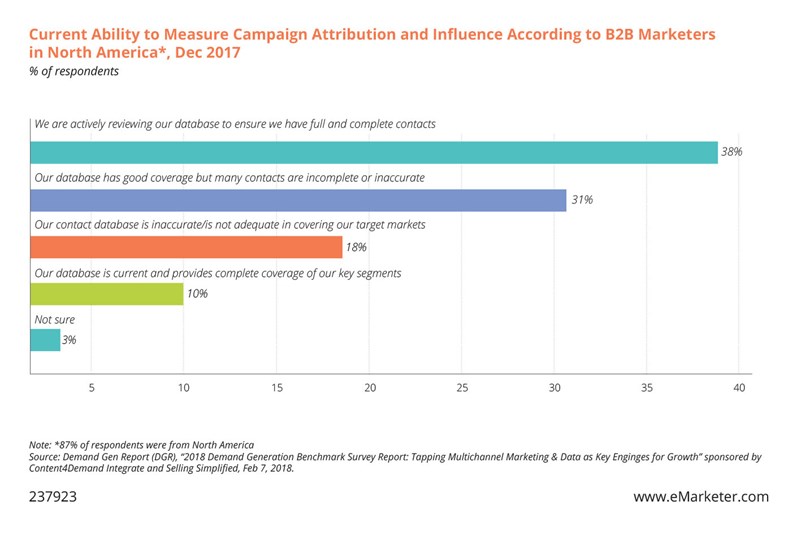Sign up for our LAVY email
and get our bi-monthly newsletter.
What do you think pops into most people’s minds when they hear a casual mention of your school?
Chances are, it’s your logo, official colors or perhaps a prominent thought leader.
Depending on your school’s location, they might also associate your college, university or trade school with nearby ski slopes or a lively beach.
While high-level education brand awareness matters, it isn’t enough to convince students to enroll. Students ultimately choose a school because they believe it will improve their lives.
So, although it seems logical and cost-effective to focus on general ad creative that appeals to everyone, the truth is you risk appealing to no one in particular. And to be effective, ads must convince potential students that your programs will serve as the agents for change they both need and crave.
With this in mind, how do you promote a college brand—and how do you start a successful campaign?
A great way to find out what will attract new students is to ask your current student body why they chose your trade school, technical institute, junior college or university.
 Your survey questions (or data points collected from your CRM or programmatic ad campaigns) need to go deep enough to reveal the true motivations behind their decision, so you can effectively address them in your ad creative.
Your survey questions (or data points collected from your CRM or programmatic ad campaigns) need to go deep enough to reveal the true motivations behind their decision, so you can effectively address them in your ad creative.
That’s what we did for Arizona State University’s W. P. Carey School of Business, with information obtained by using insights from our programmatic platform on data elements present for RFI form submissions. Our data helped us identify interest groups and better understand the motivations behind each one.
As expected, all students wanted a better life. For some, this translated into furthering their career, while others sought to achieve excellence. Still others enrolled because they are continuous, lifelong learners. A few wanted it all.
By combining demographic and psychographic data into a handful of composite profiles we developed highly targeted ad campaigns—that worked.
Once you know who you are targeting and understand their motivations, it’s time to develop ad creative for the channels most likely to win their attention.
Using a billboard ad might not be the optimal choice for a highly targeted marketing message. Anybody driving by can see them so they are generally best for high-level creative such as “Move ahead at the next exit.”
In key outdoor locations, however, promoting a specific program is a sound strategy. A billboard campaign touting a bachelor of science in information technology (BSIT), for example, makes sense if it is positioned in an area where multiple high-tech companies employ people who fit one or more of your target personas. The same goes for an ad focused on a RN-to-BSN degree program near a cluster of medical facilities.
Generally, though, targeted ads perform best in a digital environment. Email campaigns allow you to speak to each person individually. Programmatic ads for specific personas have a highly personalized feel.
What’s more, digital creative allows for more complete conversations. We’ve become so efficient on the media side as an industry that we can dial in to reach exactly whom we expect. The best way to stand out now is with differentiating and dynamic creative.
Appealing directly to your audience is critical. This includes using the correct tone of voice. Remember, your audience is the only thing that matters. You aren’t developing a message for them. You are crafting creative which speaks to them.
This brings us to testing. No matter how much your creative director or chief marketing officer love it, if your creative isn’t resonating with the audience it has to go. And that’s where digital A/B testing comes in.
Things to test include your photos or other art, your headline, your call to action and your ad copy. Swapping out elements in various combinations can shed light on what works and what works better.
We recommend looking at how everything performs. Then use your findings to influence future creative. One “aha” moment for us with one of our higher education clients was finding out that tweaking “schedule a visit” to “explore the campus” resulted in far more planned visits.
It’s these kinds of subtle nuances that can elevate your school’s ad creative to the next level.
Of course, anytime you work in a digital space, your keywords also come into play. We’ll save a more in-depth discussion on that for another time.
Your ads need to tell the truth if you want students or their parents to take positive action after seeing or interacting with them. If your ads promise dreams your degree or campus or athletic program—or whatever it is you are promoting—cannot deliver, they will do more damage than good.
If you do a great job of advertising a campus tour but people come based on unrealistic expectations, they’ll have a bad experience. When your visitors realize it was all based on a false premise, they won’t choose you. And they’ll walk away with a poor impression of your school.
This brings us to the next point: if you can’t hide a flaw you should feature it.
Domino’s Pizza Inc. did just that in late 2009 when a YouTube video calling them out for having crust that tasted like cardboard cost them sales. By early 2010, after admitting their ingredients needed improvement—and then following through with a tastier recipe, Domino’s Pizza regained its customers’ trust—and their business.
Domino’s Pizza wasn’t the first company to publicly admit its flaws in an ad campaign. Underdog advertising has been around since 1962 when Avis launched its “We try harder” slogan. Instead of hiding its status as second-place in the car rental market, it embraced it. Rather than going head-to-head with Hertz, Avis admitted while it was not number one, it was dedicated to getting there.
Schools held back from being the top choice can use this strategy to point out long-term goals and improvement plans to get there. Your candor about your issues will make students more willing to trust that you have a vision. And that could mean the difference between selecting your school or walking away.
Our full-service creative agency has worked with education industry clients from Arizona State University to International Sports Sciences Association and College of St. Scholastica, and many more. As a Phoenix-based ad agency serving clients throughout the Southwest, LAVIDGE can help your post-secondary school or related educational institution too.
To learn more, give us a call at 480.998.2600 or send email to info@lavidge.com.

Sign up for our LAVY email
and get our bi-monthly newsletter.